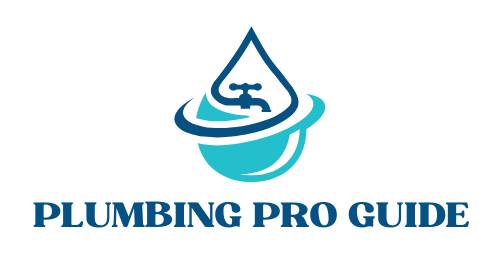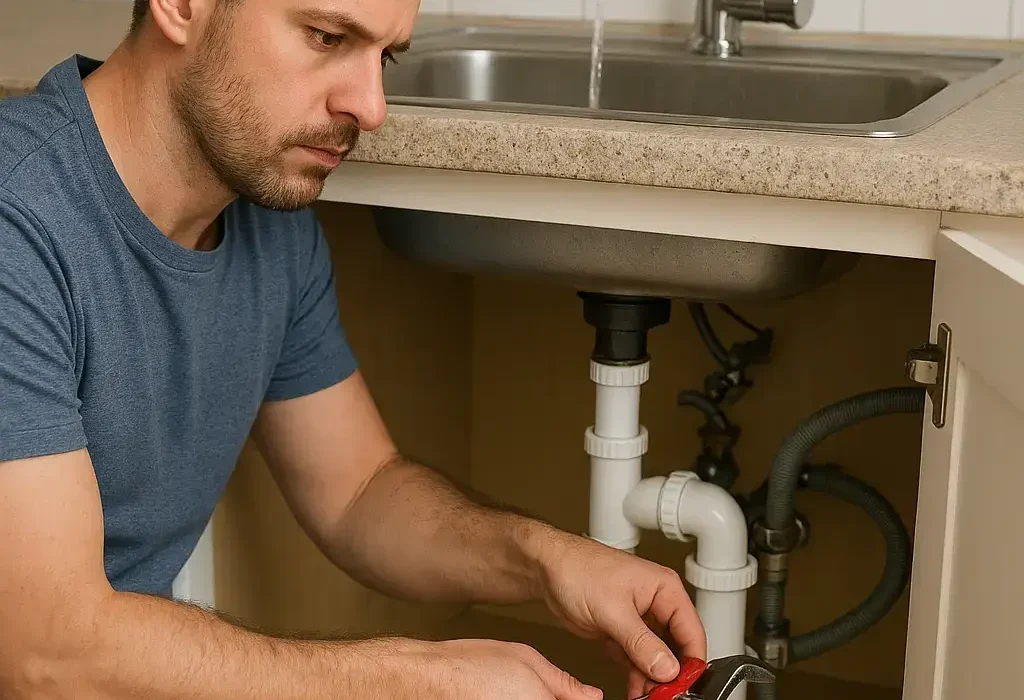Low water pressure in the kitchen faucet is such a stressful experience, which hinders your day-to-day activities, like washing dishes or filling pots for cooking. Understanding why you have low water pressure in the kitchen faucet is the first step toward fixing it. Whether you’re dealing with a clogged aerator, sediment buildup, or a valve issue, addressing it correctly can restore your water pressure and prevent future plumbing problems.
If you’re experiencing similar plumbing issues across your home, visit our home page to explore our complete range of professional plumbing and home maintenance tips and tricks.
1. Understanding Low Water Flow in a Kitchen Faucet
Internal blockage or restricted water supply often becomes a reason for low water pressure in the kitchen faucet. When both hot and cold water have weak flow, the problem typically lies in the faucet or the supply lines. If only one side is affected, it could be related to your home’s water heater or a localized blockage.
Mostly, low water flow issues are mechanical and can be solved with the right tools and basic knowledge. This guide will help you fix all your low water flow problems.
2. Check the Faucet Aerator
The clogged aerator kitchen faucet is one of the most common reasons for poor water flow. There is an aerator located at the tip of your faucet that helps control the water stream and reduce splashing. Over time, mineral deposits and debris build up on it and can block its fine mesh, which causes low water in the kitchen sink.
To fix it, follow these steps:
-
- Unscrew the aerator from the faucet tip.
-
- Rinse it under running water and use a small brush to remove buildup.
-
- Soak it in vinegar if there’s mineral scaling.
-
- Reattach and test the flow
Sometimes, even after cleaning the aerator, there is still low water pressure in the kitchen faucet. In that case, you need to get a new aerator, which hardly costs three bucks in most hardware shops.
3. Inspect the Supply Valves Under the Sink
Each sink typically has two shut-off valves, one for hot water and one for cold. Sometimes, partially opened valves are causing low water pressure in the kitchen; just make sure both valves are fully opened. In some cases, sediment may accumulate near the valve or along the faucet supply hoses, causing reduced pressure. Turn off the water, disconnect the hoses, and check for any visible blockages or debris before reattaching them securely.
4. Clean or Replace the Faucet Cartridge
The kitchen faucet cartridge is the one regulating water flow and temperature inside the tap. Sediment or mineral deposits over time can cause the cartridge to clog, which leads to low water pressure in the kitchen tap.
To clean it:
- Turn off both water valves.
- Remove the handle and unscrew the retaining nut.
- Take out the cartridge and soak it in vinegar to dissolve the buildup.
- Rinse and reinstall it properly.
If the problem is still there, try replacing the whole faucet cartridge for better water flow.
5. Examine the Water Supply Lines
Sometimes the problem is not the aerator, supply valves, or cartridge. Water supply line blockage can also cause low water pressure in the kitchen sink. These flexible hoses connect your faucet to your home’s main plumbing. If they are kinked, corroded, or clogged with debris, water flow will be restricted.
To get rid of this issue, turn off the valves and detach the supply lines. Run water or compressed air pressure to remove any debris. Sometimes, there is so much corrosion and internal buildup in supply pipes that it is best to replace them with new ones for strong water flow.
6. Check for Sediment Buildup
Sediment from the water heater or pipes may accumulate in the faucet or supply lines over time. If you notice low pressure from both hot and cold water, sediment may be affecting the entire plumbing system.
Regular plumbing maintenance under the kitchen sink can prevent these blockages. Flushing the water heater annually can also reduce mineral buildup in your lines.
7. Assess the Water Pressure Regulator
Even homes that have a water pressure regulator fixed in their system may experience low water pressure in the kitchen or bathroom faucets and showerheads when the device malfunctions. The water pressure regulator is usually located near the main water line. If your kitchen and other faucets have reduced flow, the regulator may need adjustment or replacement. Consult your water provider or a licensed plumber if you’re unsure how to test it safely.
8. DIY Plumbing Safety Tips
Assessing and fixing your own plumbing issues can be intimidating, especially if you are encountering it for the first time, these plumbing tips for beginners will help you stay safe and effective during basic faucet or water pressure repairs.
-
- Turn off both hot and cold water valves.
-
- Place a bucket under the sink to catch spills.
-
- Keep a towel nearby for drips.
-
- Use adjustable wrenches carefully to avoid damaging connections.
These basic steps will keep your repair safe and mess-free.
FAQs
1. What causes low water pressure in the kitchen faucet?
Low water pressure in the kitchen faucet can result from a clogged aerator, sediment buildup, a blocked supply line, or a malfunctioning cartridge.
2. How do I fix low water pressure in my kitchen sink?
Start by cleaning the aerator, checking the shut-off valves, and inspecting the supply hoses for blockages. If you feel all of them are working fine, then call a professional to deal with it.
3. Can a clogged aerator cause low water pressure?
Debris or mineral deposits that build up over time can restrict water flow through the aerator, significantly lowering water pressure.
4. When should I call a plumber for low pressure in the kitchen faucet?
If basic cleaning and hose checks don’t solve the issue, contact a plumber to inspect the main line or regulator.


